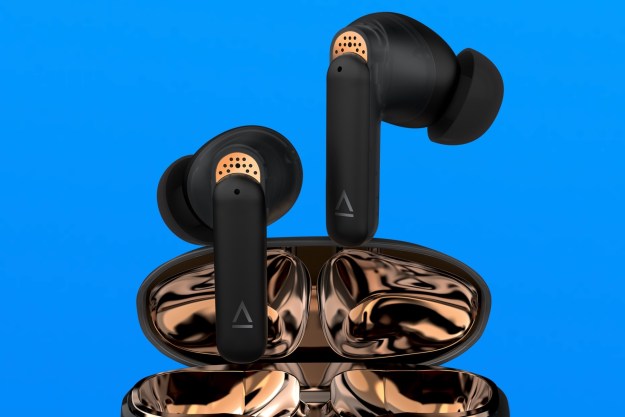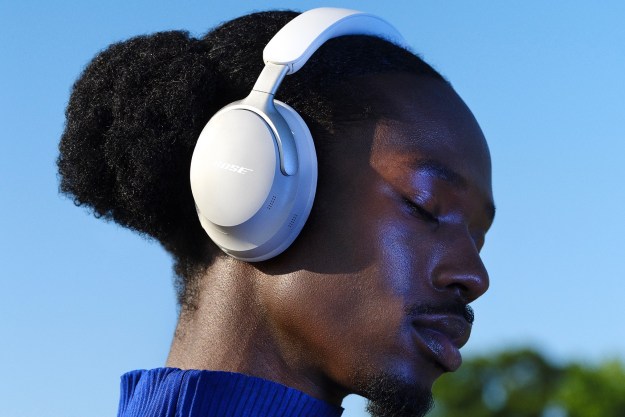Nura — the Australian company behind the innovative Nuraphone headphones, which measure your ears’ unique architecture in order to customize the sound — is working on new first-of-its-kind tech for its upcoming NuraTrue Pro wireless earbuds. The new buds debut today as a Kickstarter campaign. The company says the NuraTrue Pro will be the first wireless audio device (headphones or earbuds) to use Qualcomm’s aptX Lossless codec, the first codec to promise true CD-quality audio over a Bluetooth connection.
Digital Trends was offered an advanced look at the NuraTrue Pro. And while not all of the puzzle pieces are in place just yet, the picture that is coming together looks very promising. Here’s a taste of what’s to come.
Why go lossless?
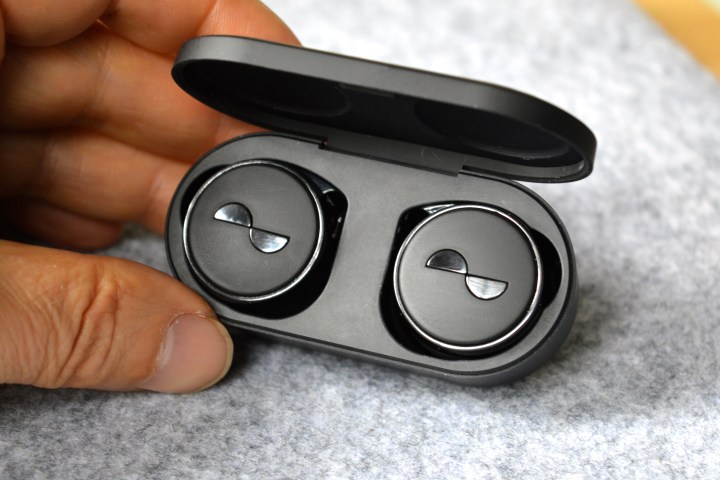
Wireless earbuds continue to improve. Bluetooth connection problems are almost entirely a thing of the past, battery life has increased by leaps and bounds, and you can pick up a fully waterproof set for well under $100 if you need that level of protection. But the one thing that has kept these devices from fully supplanting their wired cousins has been an inherent limitation of Bluetooth when it comes to audio: It’s lossy.
When we say lossy, we mean that during the process of compressing a digital audio file in order to make it small enough to be transmitted over the limited bandwidth of a Bluetooth connection, some information is discarded. Depending on the quality of that lossy compression, you may not even notice a difference — many people don’t. But artists, producers, and those who love to listen to music have long objected to lossy compression, claiming that it’s just not accurate enough.
So the ability to send digital audio wirelessly between a source device and a set of headphones or speakers without any loss of detail (thus, “lossless”) has been a holy grail of sorts, and Qualcomm’s aptX Lossless codec appears to be the first technology to break that barrier. It’s not quite a perfect replacement for the physical connection used by wired earbuds and headphones, but it promises that as long as your source is lossless CD-quality that has been produced at 16-bit/44.1kHz, there will be no difference between wired and wireless in terms of the detail that gets sent to your chosen listening device.
Ready, willing — but not yet able
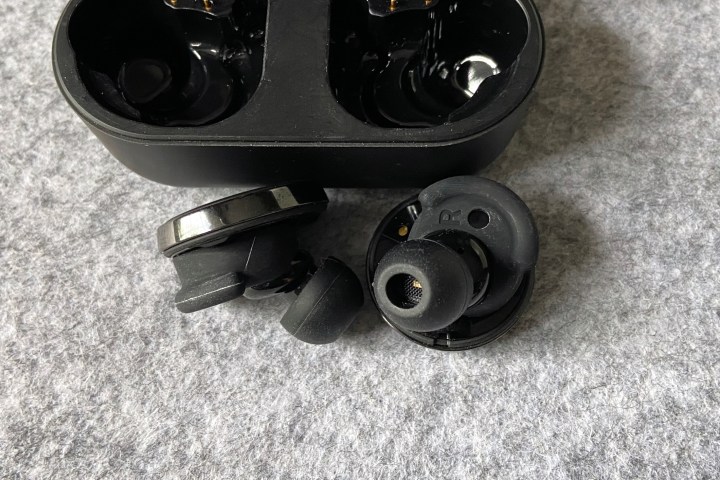
Given that explanation of the benefits of aptX Lossless, the NutraTrue Pro seem to have an unbeatable advantage, at least as far as their wireless technology is concerned. But, there’s a catch.
AptX Lossless only works when both the transmitting device (like a smartphone) and the receiving device (wireless earbuds) are equipped with the hardware and software needed to support Qualcomm’s codec. And while the NuraTrue Pro might be the first receiving device, right now, there are no devices that are capable of acting as aptX Lossless transmitters.
In fact, to test the NuraTrue Pro’s aptX Lossless performance, Nura’s CEO, Dr. Luke Campbell, had to travel to the company’s manufacturer in China where he had access to an unreleased aptX Lossless dongle.
When will we see the first aptX Lossless-enabled phones? Any handset that uses Qualcomm’s flagship Snapdragon 8+ Gen 1 chipset should theoretically work, according to Nura, and we expect to see the first phones with this hardware shortly. In fact, it’s likely that most if not all new flagship Android phones will be equipped with it by the end of 2022. Apple, as usual, is the outlier here — no iPhone has ever supported Qualcomm’s Bluetooth codecs.
So for now, as cool as the promise of aptX Lossless may be, we need to think of it as future-proofing, and not as an immediate benefit of buying the NuraTrue Pro, especially if you have no plans to upgrade your phone this year.
Premium price
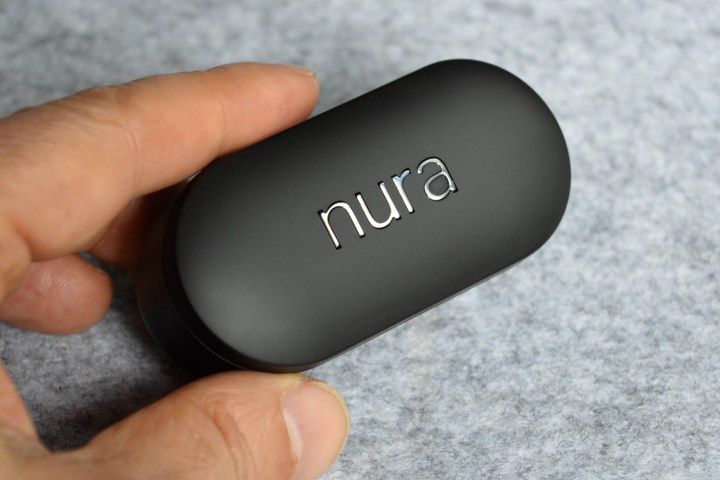
Speaking of buying the NuraTrue Pro, if you’re keen to make that happen, the company’s Kickstarter campaign pricing looks very attractive at $199. Once these earbuds go to the regular retail channels like Amazon, the company says they’ll cost a lot more: $329.
That places the NuraTrue Pro in rare territory — only the $400 Bowers & Wilkins PI7 and $400 Bang & Olufsen Beoplay EX cost more — and a tough sell considering Nura doesn’t enjoy the long history and iconic status of those two luxury audio brands.
Premium features
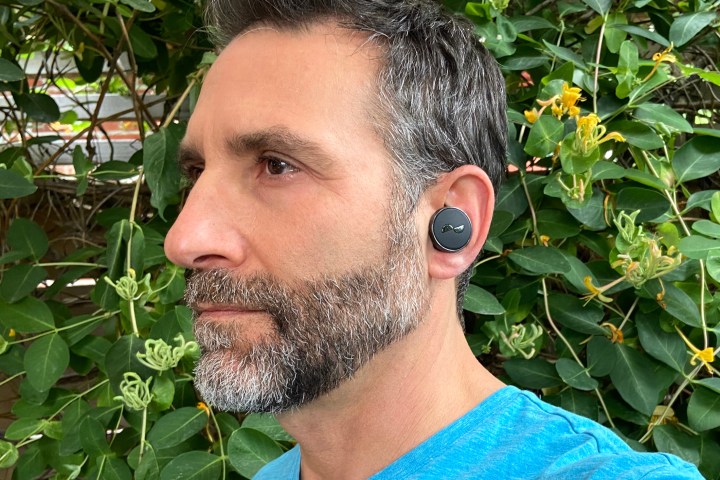
To help justify such a lofty expense, Nura has thrown a ton of features at the NuraTrue Pro. Based on a nearly identical size and shape as the existing NuraTrue earbuds, the Pro get polished ceramic inlays and outer rings, for a more upscale look. Their wireless charging, wear-sensors for auto-pause, fit-detection test, and Bluetooth multipoint for connecting to two devices simultaneously are just the tip of the earbud iceberg.
Even when you don’t have access to an aptX Lossless source, the earbuds are backward compatible with aptX Adaptive, giving you the next best thing — lossy hi-res audio at up to 24-bit/96kHz. For what it’s worth, Nura claims that will get you 80% of the way toward the quality you can expect from its true lossless connection.
Staying on the audio front, Nura is still using its proprietary Personalized Sound technology for sensing your hearing capabilities, but it is adding Nura ProEQ, the first time Nura is giving its user the ability to fine-tune the EQ settings generated by its Personalized Sound algorithms.
Want more? Nura has partnered with digital signal processing (DSP) gurus at Dirac, to include that company’s spatial audio technology on the NuraTrue Pro. I haven’t always been a fan of Dirac’s DSP. But when I recently tried its spatial audio on the Sudio E2 earbuds, it made me a convert — if you don’t have access to music produced in Dolby Atmos Music, Dirac’s spatial audio can do an amazing job of “spatializing” standard two-channel stereo. In some cases, listening to a Dirac version of a stereo track is even better than listening to the remastered Dolby Atmos Music version.
Throw in active noise cancellation (ANC), transparency mode, IPX4 water resistance, fully customizable controls, and a generous eight hours of battery life per charge, with 32 hours of total playtime, and it’s almost impossible to think of something Nura has left out.
This could be good — very good
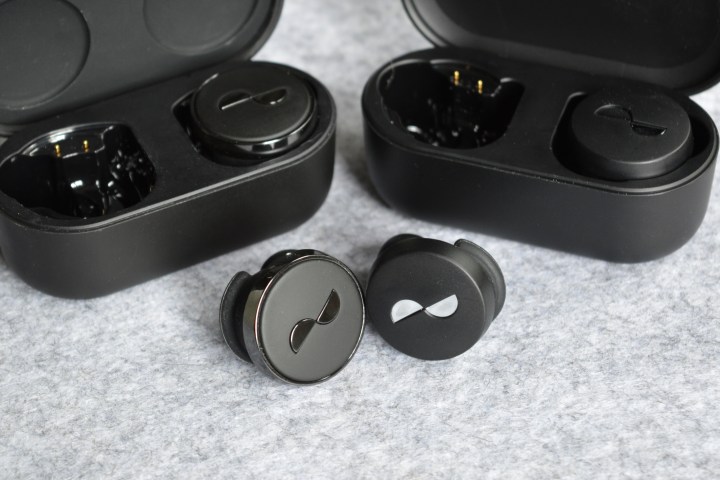
Now that I’ve pumped you up, you probably only want to know one thing: how do these earbuds perform? If the NuraTrue Pro were fully baked, and I could test all of these awesome features, this would be a full review, with a score and all of the usual fixings.
Because I couldn’t test the buds’ aptX Lossless connection, their Dirac spatial audio, or their ProEQ — three of the elements that help to differentiate them from their competitors, for now, this is an unscored hands-on review.
But I can tell you this: they’re light and comfortable, and the NuraTrue Pro have everything they need to be class-leading wireless earbuds. The sound quality is excellent, even without the benefit of aptX Lossless. In fact, Nura has done such a good job with the EQ, driver tuning, and amplification on these earbuds, the only way I could detect a difference between an iPhone’s AAC codec and an Android’s aptX Adaptive hi-res connection was to sit in a perfectly quiet room and really concentrate on what I was hearing.
Without Personalized Sound engaged, they’re good, but frankly a little underwhelming. With that tuning engaged, these buds really come to life, with deep, resonant bass, a fully defined midrange, and clear (if somewhat sharp) highs. They have no problem going toe-to-toe with the Sennheiser Momentum True Wireless 3, Sony WF-1000XM4, and the excellent Astell & Kern UW100.
ANC works very well, providing a strong blocking of most unwanted external sounds, while also handling wind noise effortlessly. Transparency mode is equally good. It’s not quite the invisible performance you get from the AirPods Pro, but then nothing else has met that bar so far.
Even call quality is remarkably good. When things are noisy around you, the mics cancel most of that distracting sound, while preserving an acceptable level of intelligibility for your voice. In quieter locations, it’s very good, and you’ll come across nice and clear.
The only downside to calling on the NuraTrue Pro is there’s no side-tone function, and you can’t keep transparency mode engaged while on a call. So while you will sound good to your callers, you won’t be able to hear your own voice as clearly.
Follow the crowd?
Even though Nura is an established brand with several products under its belt, I must remind you of the nature of crowdfunding campaigns. They have been known to go sideways, so as always, buyer beware. Nura’s current plan is to deliver the first batch of NuraTrue Pros to backers in October 2022.
Great at the early price
Nura is the first company to announce a set of aptX Lossless-capable wireless earbuds, but you can bet there will be many others coming to market between now and the end of the year. From my limited experience with these earbuds, I think Nura has absolutely justified its early backer price of $199. But I’m on the fence when it comes to its regular retail of $329. My advice is that unless you take a great deal of satisfaction from being the first among your friends with the latest and greatest gear, some patience is in order.
Editors' Recommendations
- Cambridge Audio’s first AirPods Pro competitor has lossless audio, massive battery life
- Audio-Technica’s latest hi-res earbuds debut at CES 2024 for $199
- JBL’s $200 Live 3 earbuds get the Tour Pro 2’s touchscreen charging case
- 1More’s PistonBuds Pro Q30 look like great budget buds at $50
- JLab jumps into hi-res and Bluetooth LE audio with $200 Epic Lab Edition earbuds


